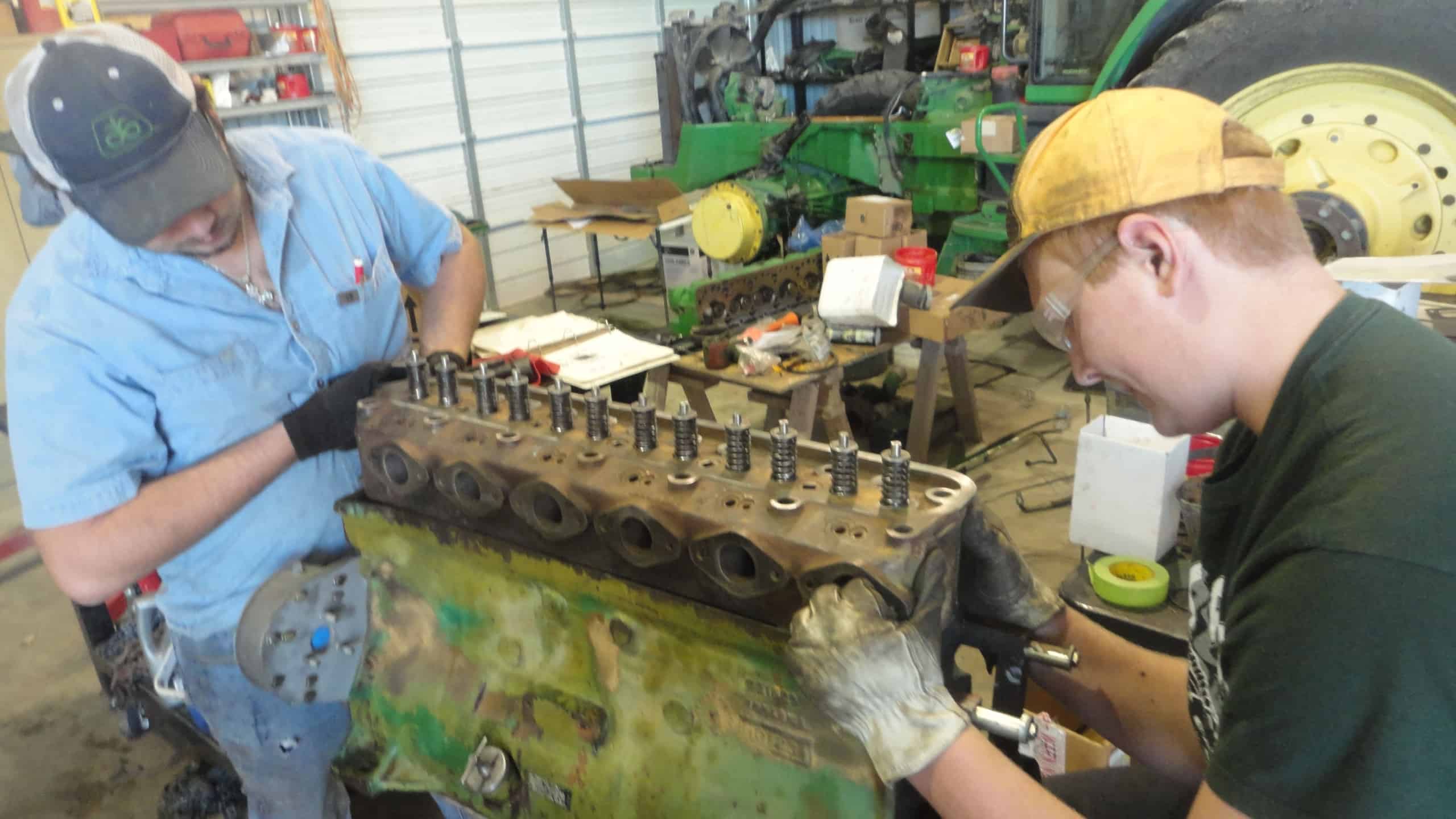Farm safety is important year-round, but the rules during the cold months are very different from the remainder of the year. With so many jobs in the agricultural industry requiring work outdoors, here are a few tips to stay safe when the temperatures drop.
- Be proactive and listen to the weather forecast. Specifically, listen for a wind chill warning. Warnings are based on your local climate conditions and are issued when significant wind chills are expected. Knowing when the worst of the cold is expected will help you
rplan your work throughout the week and can help keep you comfortable and safe. - When you are outside, frostbite and hypothermia are possible. Protect yourself by wearing layers of loose-fitting, lightweight, warm clothing. This includes a hat! Try to stay dry and out of the wind whenever possible. Covering your mouth with a scarf or face mask also protects your lungs from extreme cold. Mittens that are snug at the wrist protect you better than gloves.
- Carbon monoxide poisoning is a silent, deadly killer. This underestimated threat claims nearly 1,000 lives each year in the United States. Protect yourself by installing a carbon monoxide detector in any indoor place you work, such as barns, outbuildings or basements. CO usually comes from fumes, so never run generators or gas-powered equipment indoors without ventilation. Open a window or door slightly when using a kerosene heater and follow the manufacturer’s instructions.
- Whether you are driving around the farm, headed into school or on the road to the store, vehicle preparation is a must in the winter. Check your battery levels and warm up your vehicle before shifting into drive. Also keep track of your fluids. Things like coolant, wiper fluid and oil act differently in the cold. Air pressure changes too, so check your tires before each trip. A good rule is to have jumper cables and pack a blanket just in case you run into trouble.
- Finally, plan breaks from the cold. Just like you need to take breaks from your work throughout the day, your body needs to take breaks from the cold. Plan warm-up times throughout your day to avoid numbness and shivers.
We may not be able to avoid the snow, ice and cold temperatures that come with the winter months, but we can practice good preparation. Protect yourself, inform your neighbors and stay safe.












